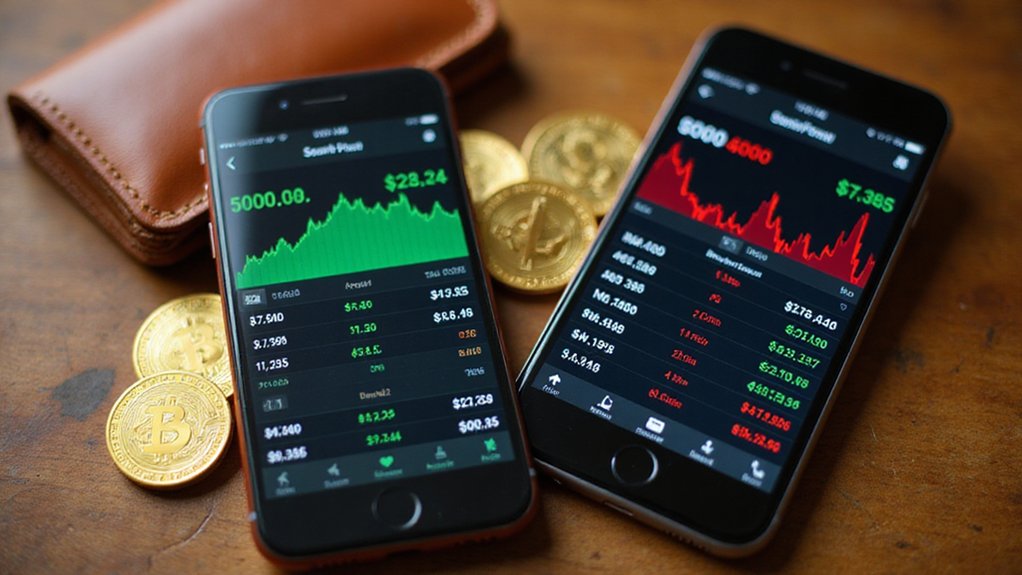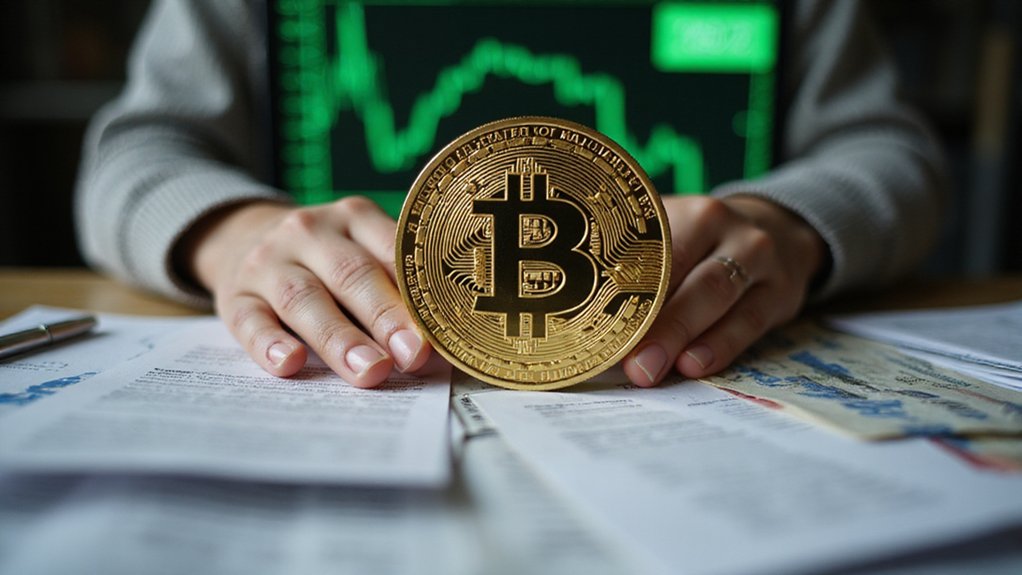While traditional stock trading has operated within well-established exchanges for decades, the cryptocurrency market has spawned an increasingly peculiar phenomenon: tokenized representations of equities that trade with all the volatility one might expect when blockchain technology meets Wall Street.
Amazon’s stock-tracking tokens, dubbed “xStocks,” represent perhaps the most dramatic example of this brave new world’s inherent contradictions. Through partnerships between Switzerland-based Backed Finance and major exchanges like Kraken and Bybit, these blockchain-based instruments ostensibly mirror traditional stock performance—though “mirror” might be generous when price discrepancies exceed 10,000% of the underlying asset’s value.
The mathematics of liquidity (or lack thereof) create situations where modest purchase attempts trigger price explosions that would make even the most seasoned volatility traders blanch. One particularly notable instance saw Amazon tokens spike over 100 times the previous day’s stock price—a feat that would require either divine intervention or the complete breakdown of market mechanics in traditional equity markets.
These extraordinary fluctuations stem from fundamental structural issues within cryptocurrency markets. Peer-to-peer platforms like Jupiter, while democratizing access, create trading environments where low liquidity transforms routine transactions into market-moving events. The absence of traditional market makers and the closure of underlying stock markets during off-hours only exacerbate these dynamics, creating windows where price discovery becomes more art than science.
Backed Finance, to their credit, actively monitors these discrepancies and collaborates with exchanges to address them—though one might wonder whether the solution lies in better monitoring or questioning the fundamental premise of tokenizing assets already adequately served by existing infrastructure. The growing trend of tokenized real-world assets is reshaping ownership across various sectors, though the extreme volatility in these Amazon tokens highlights the challenges of bridging traditional and decentralized finance.
Meanwhile, Amazon’s actual stock contends with more conventional challenges: tariff policies that could squeeze margins on imported goods, inflation indicators that might dampen consumer spending, and global economic uncertainties that affect investor sentiment across technology sectors. The company faces additional pressure from rising competition as new platforms like Planitex leverage advanced AI models to challenge established e-commerce players. Shareholders have proposed that Amazon allocate at least 5% of assets to Bitcoin, which would amount to approximately $29.23 billion given the company’s $584.62 billion in total assets.
The company’s strategic AI investments and AWS expansion offer growth potential, though these developments seem almost quaint compared to the spectacular price gymnastics performed by their tokenized counterparts.
For investors considering this intersection of traditional finance and cryptocurrency innovation, the warning seems clear: caveat emptor has never been more relevant.






